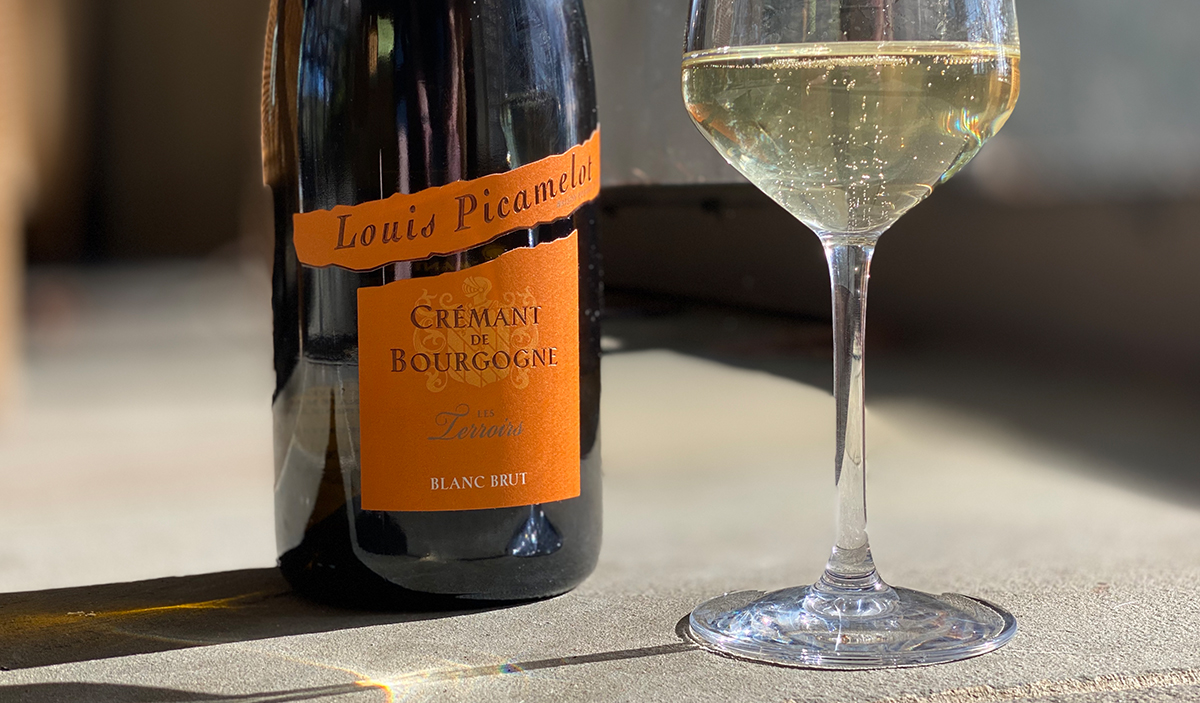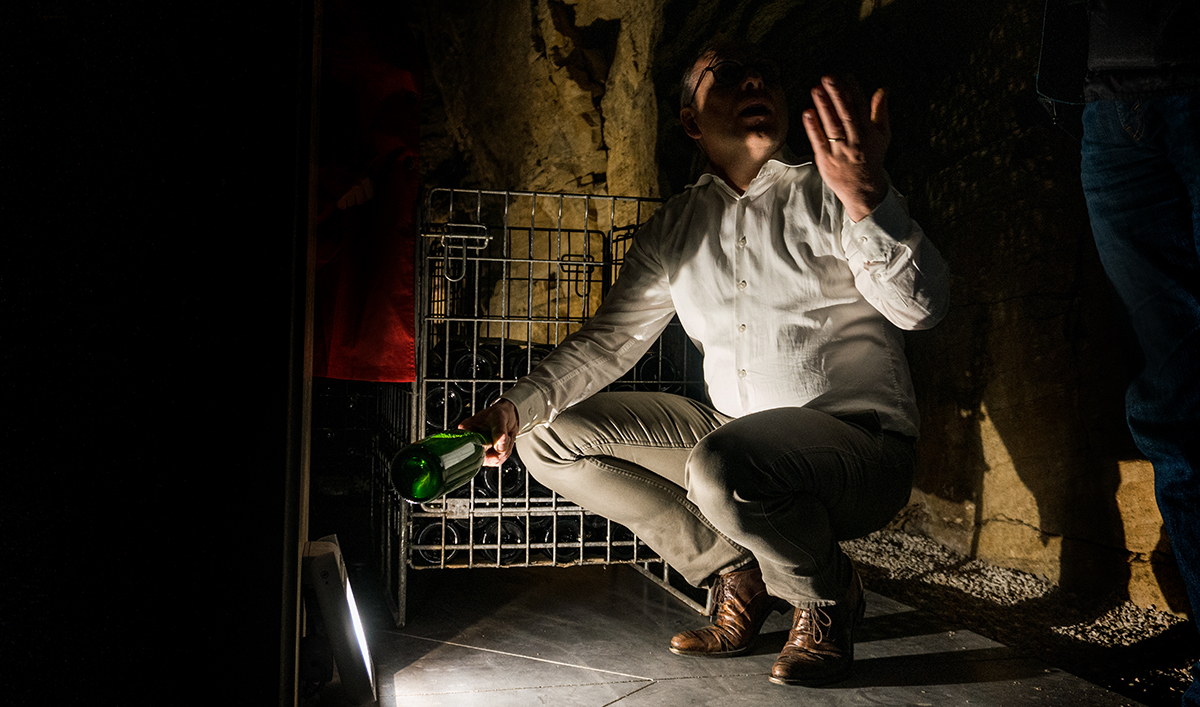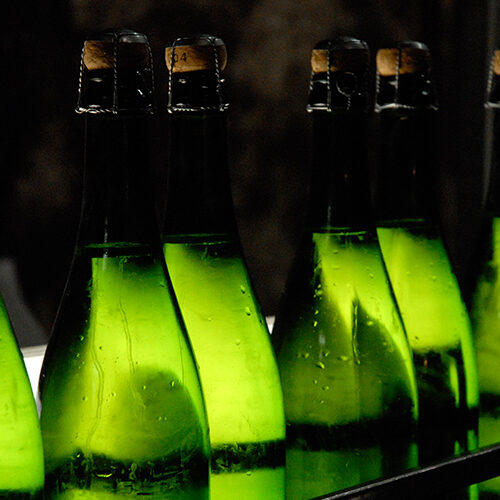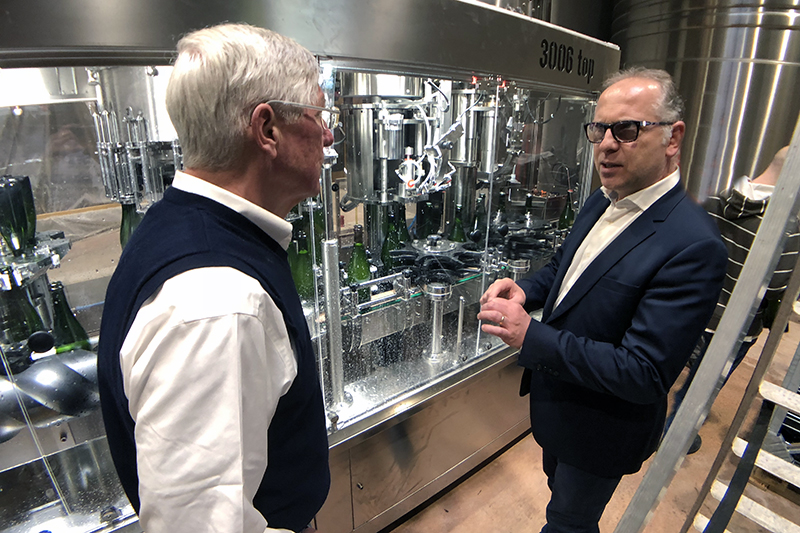
The Maison Picamelot is among Burgundy’s finest crémant houses. The Wine Advocate’s resident Champagne expert William Kelley writes that “Picamelot produces some of the best sparkling wines in Burgundy,” and calls their wines “elegant,” “excellent,” and “superb.”








